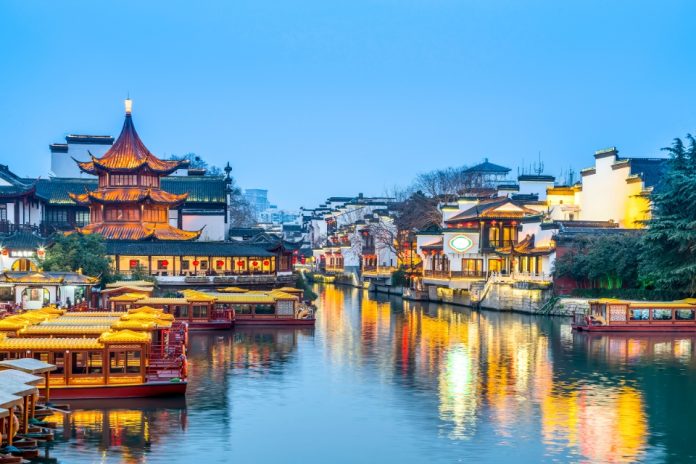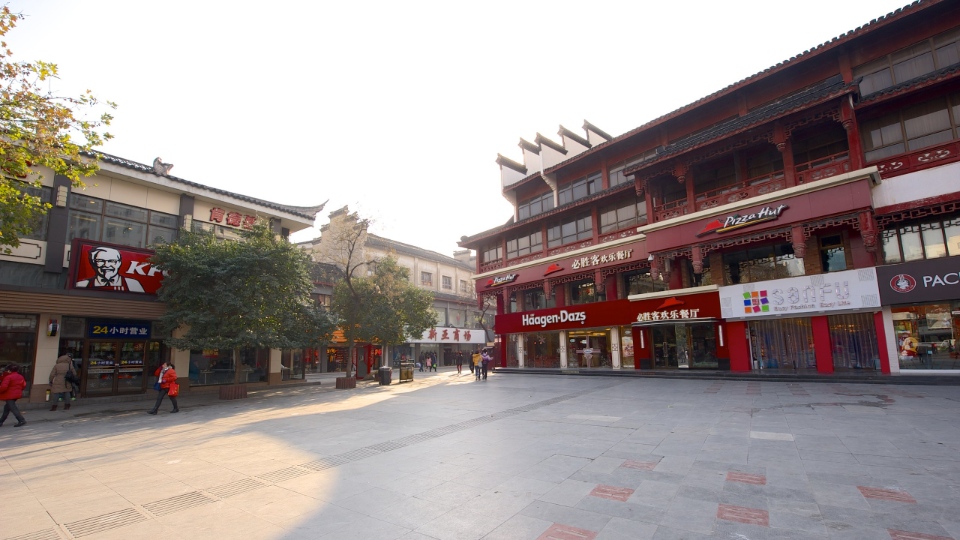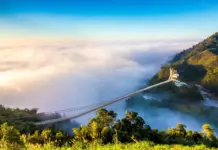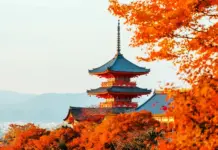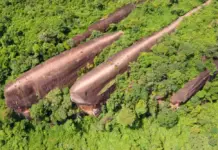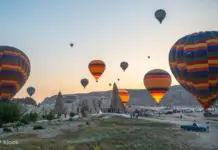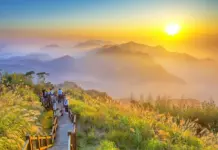Nanjing (Nanking) means “the southern capital”, the historical and cultural city, stands tall as a ‘Treasure’ of China through many ups and downs. Every corner of the city contains the breath of the majestic ancient capital. The rich in culture, history and traditions are fully preserved and preserved. So, is Nanjing worth visiting, how to visit Nanjing, what to do in Nanjing and how to plan a budget trip to Nanjing for the first-time perfectly? Let’s check out our Nanjing travel blog (Nanjing blog) with the fullest Nanjing travel guide (Nanjing china guide, Nanjing China travel guide, Nanjing city guide, Nanjing guide) from how to get to Nanjing, best places to visit, best time to come, what to eat as well as top things to do in Nanjing to help you maximize your trip as follows!
- Where & what to buy in Nanjing? — 7+ must-buy Nanjing souvenirs & best things to buy in Nanjing
- Nanjing itinerary 2 days — What to do & how to spend 2 days in Nanjing perfectly?
- What to do in Nanjing? — 10 top, must-see places & best things to do in Nanjing
- The ULTIMATE Lijiang travel guide: Top things to do, where to visit, stay, eat & MORE
- The FULLEST guide to Fenghuang Ancient Town: Top things to do, Eat, Tips & MORE
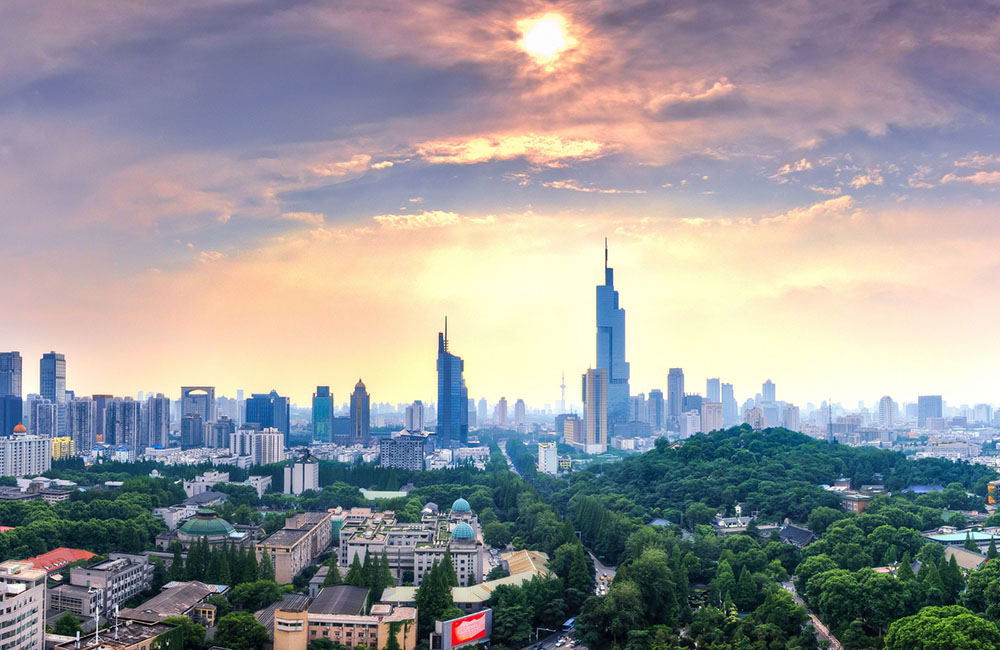
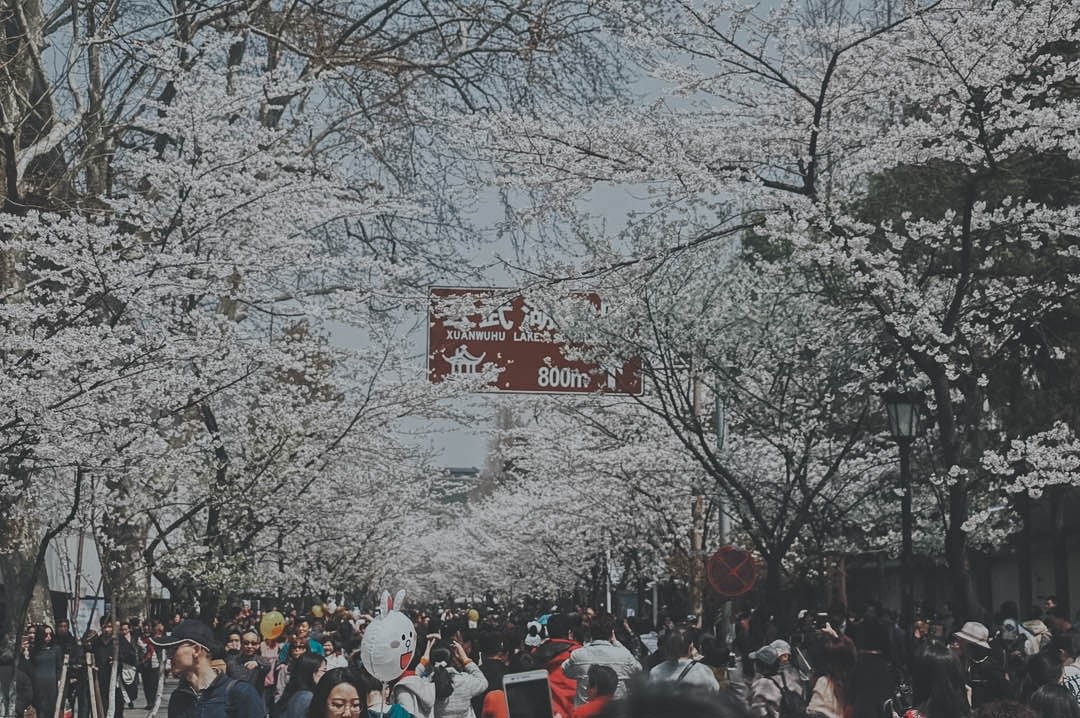
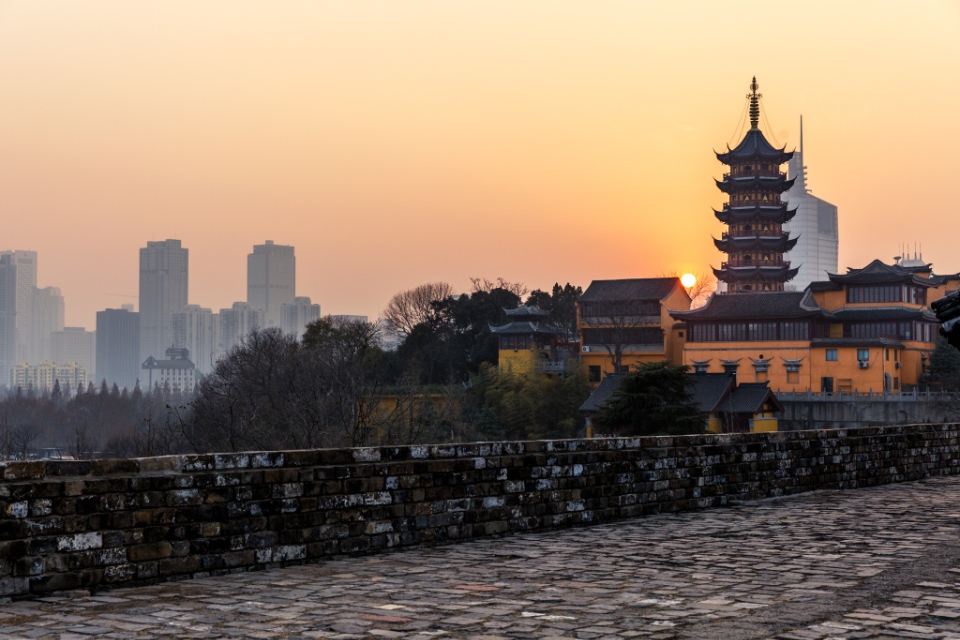
Nanjing is also one of the four most beautiful ancient cities in the heart of China along with Chang’an (Xi’an), Luoyang and Beijing. Therefore, this place gradually becomes a destination for many tourists, who come here to experience a peaceful and completely different China.
Overview of Nanjing (# nanjing travel blog)
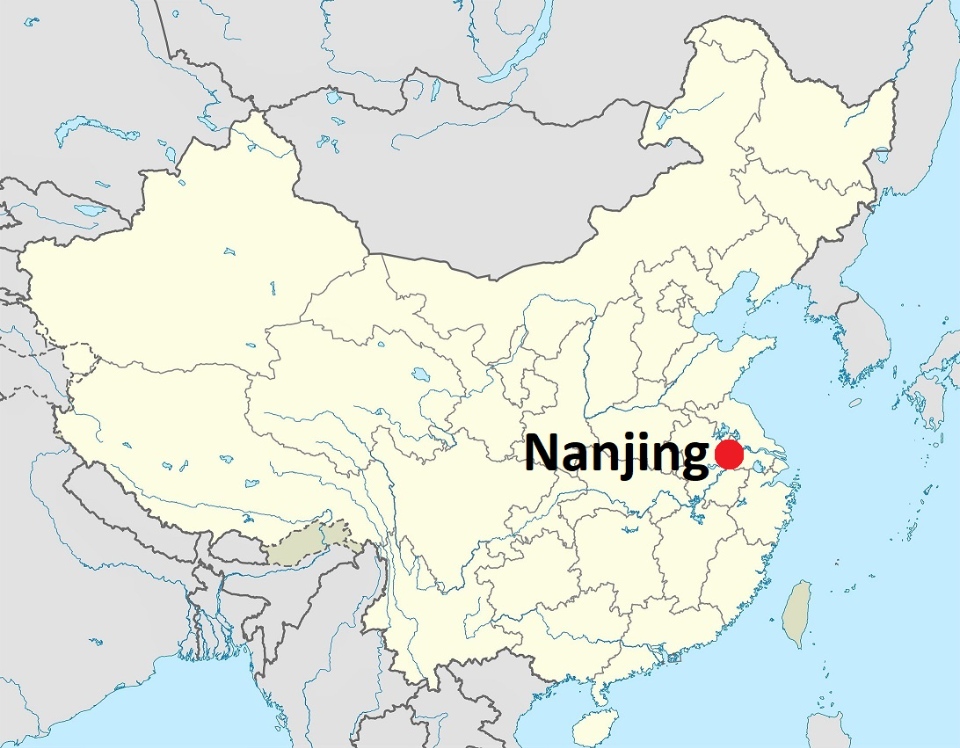
Nanjing City is the capital of Jiangsu Province, located in the fertile delta of the Yangtze River basin, to the west adjacent to the hilly region of Southern Anhui, to the south is the river system of the Taihu region, to the north is Jianghan Plain, 380 km from the seaport with a population of 9,698,000 million people, mainly Han people (accounting for 98.56%), in addition to people of Hui, Manchu, and Zhuang ethnic groups, covering and an area of 6,596 km2.
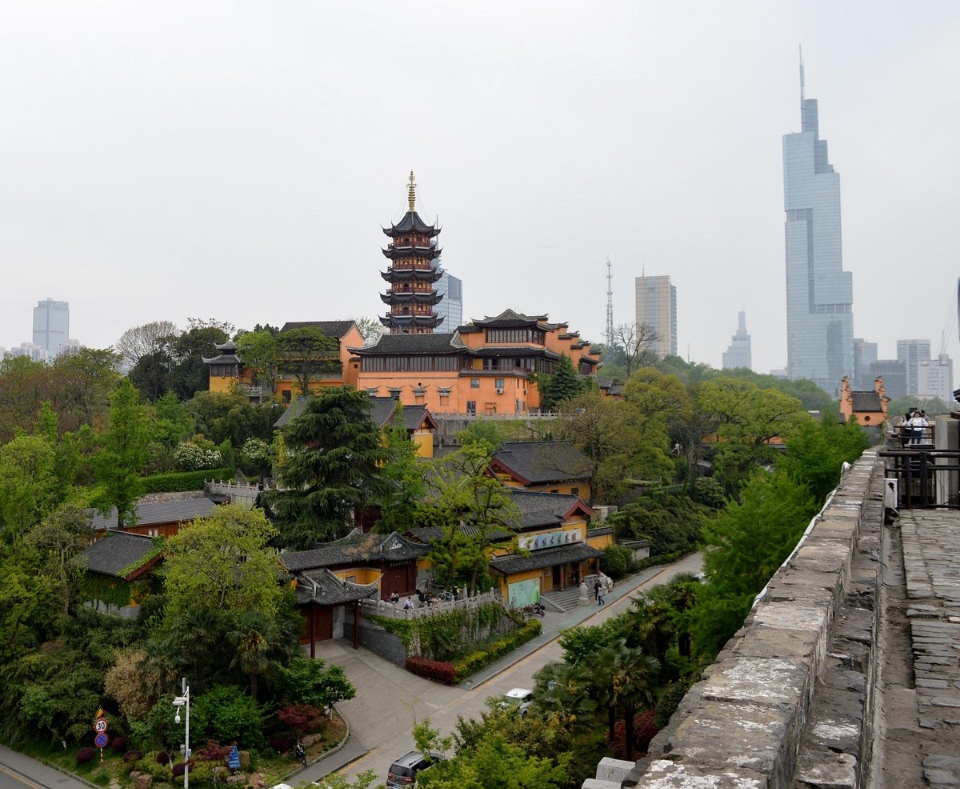
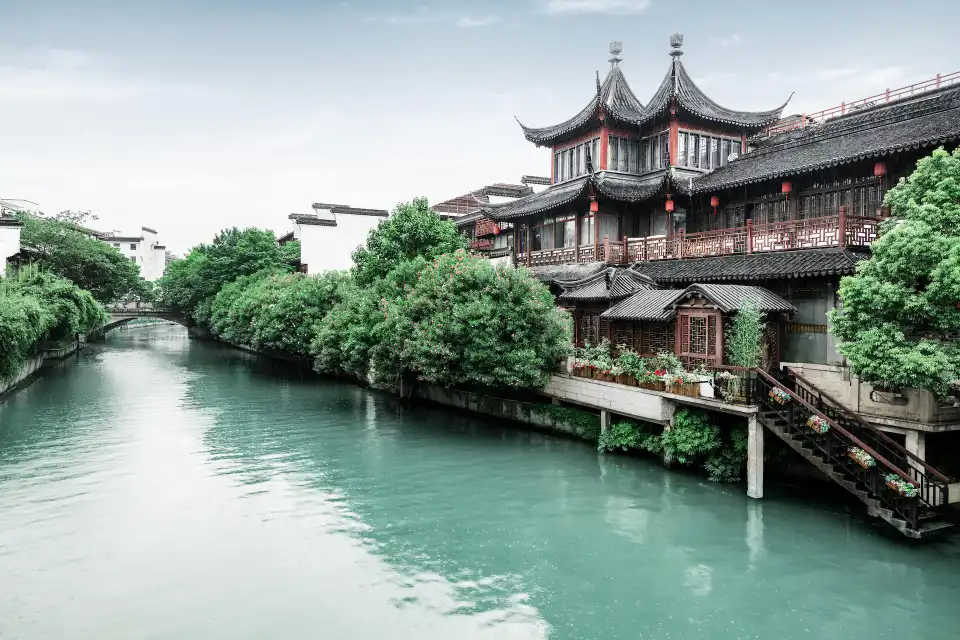
Nanjing was once the ancient capital of China for six dynasties and the capital of the Republic of China. The city associated with the oldest history and culture in China. Today, the city is one of the four largest and most beautiful ancient capitals in China. Although it is developing in economy, trade, and modern, bustling infrastructure, Nanjing still preserves many ancient treasures and world-famous historical works.
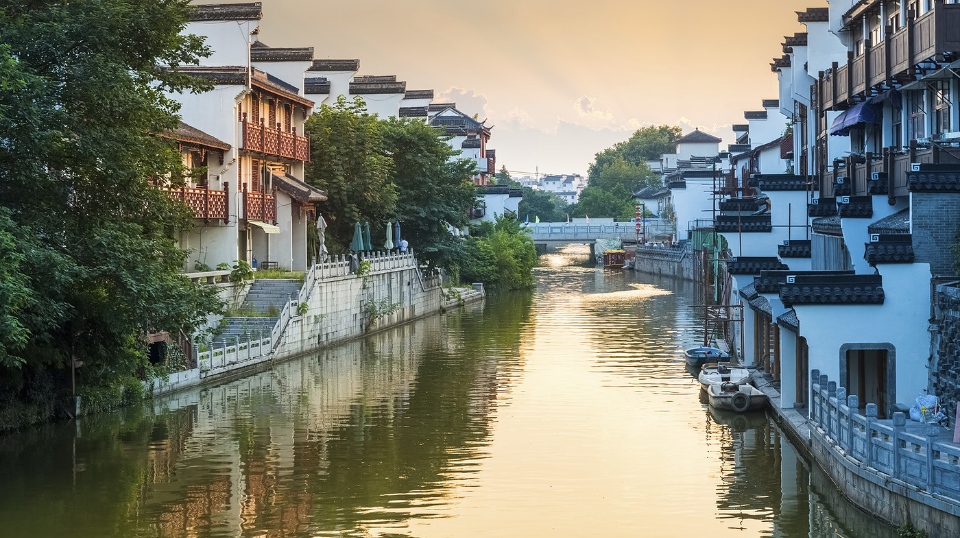
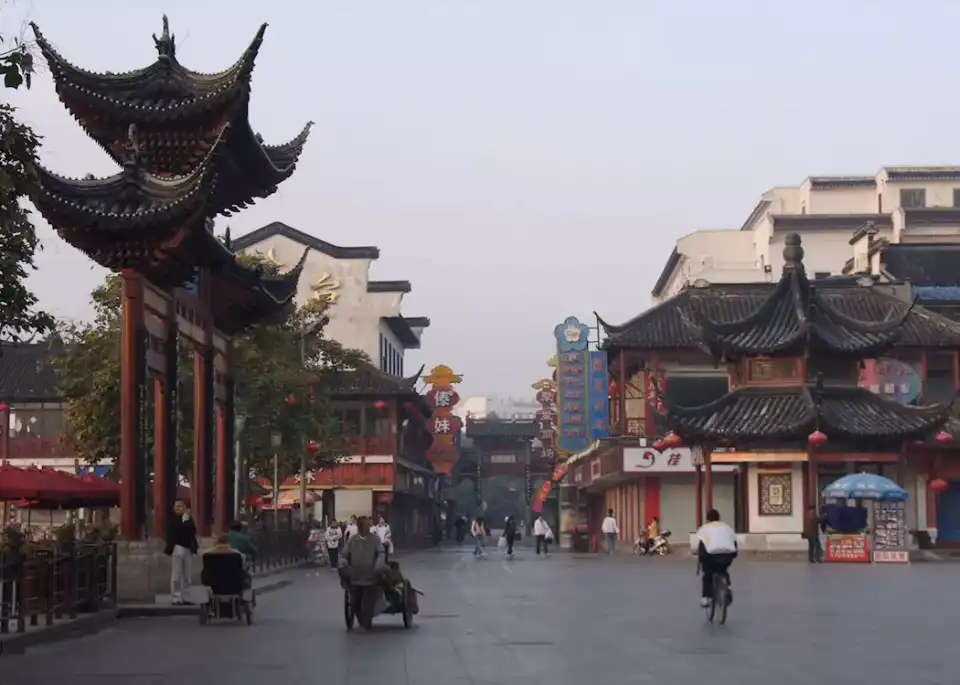
The city of Nanjing, located on the banks of the Yangtze River, has great significance in Chinese history. Along with Chang’an, Luoyang and Beijing, Nanjing is one of the four great ancient capitals of China, the Nanjing tourist attractions will all make you feel a city with a rich history and culture.
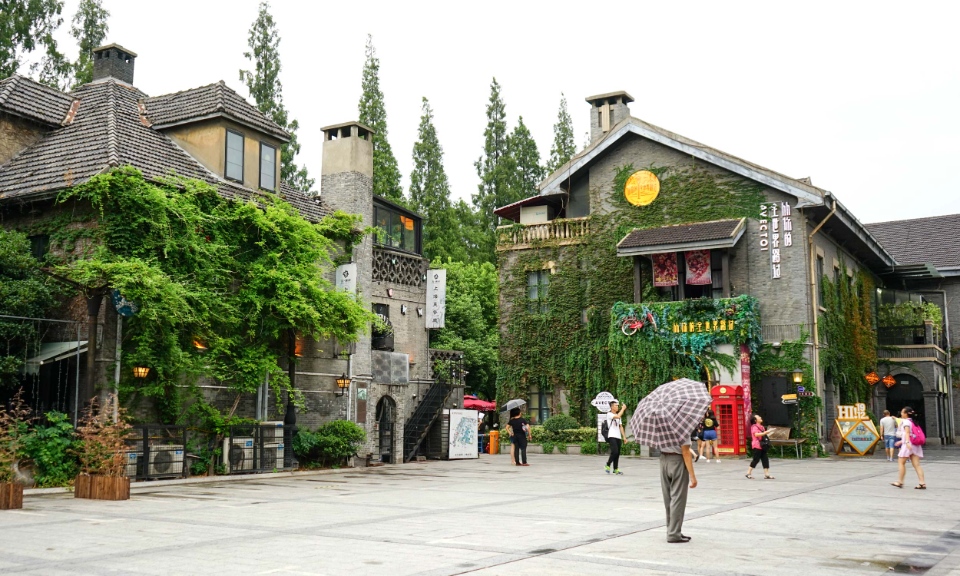
With a history of more than 2500 years, Nanjing is a city of ancient features mixed with modernity. Nanjing has developed in all aspects while preserving and preserving the nation’s traditional cultural history.
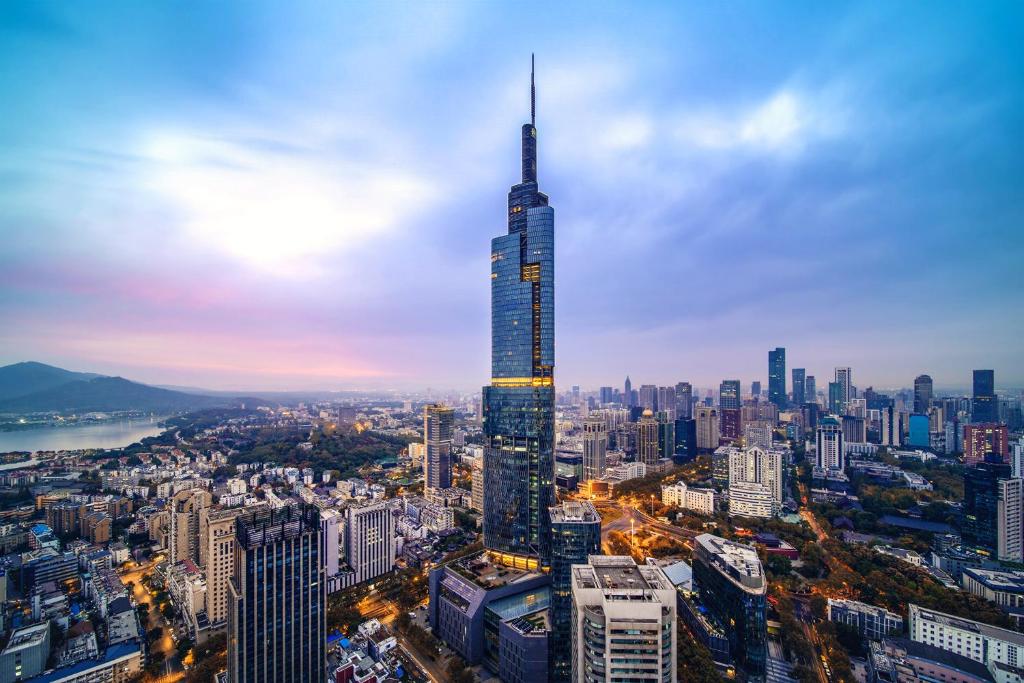
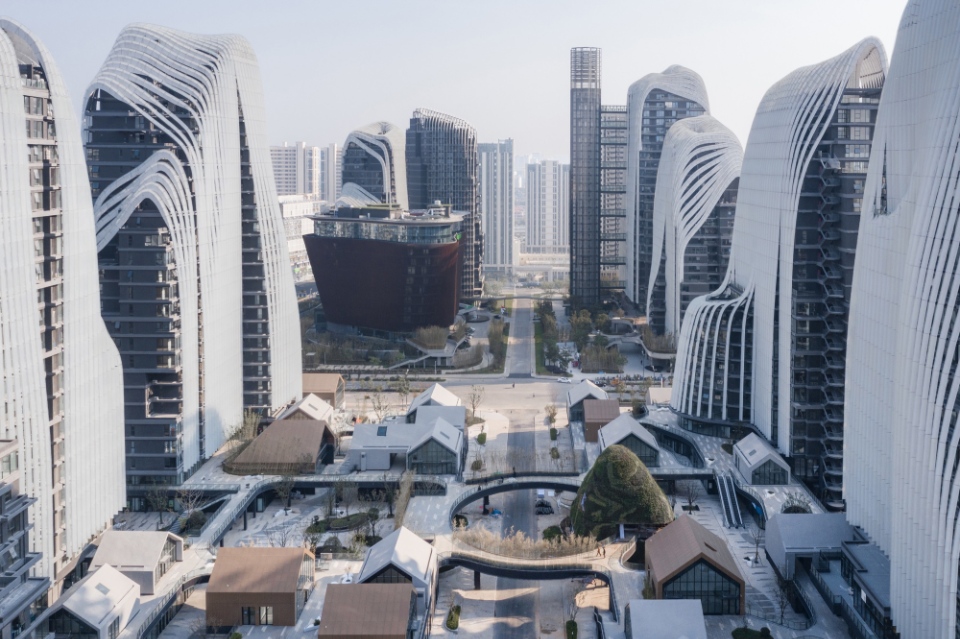
When is the best time to visit Nanjing? (# nanjing blog)
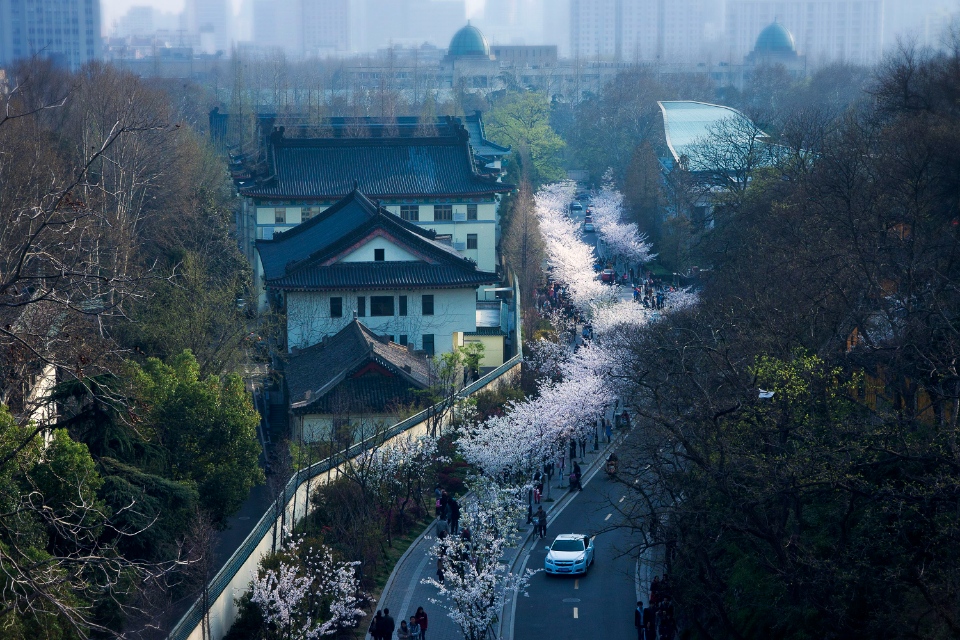
Nanjing has four distinct seasons and a humid subtropical climate with heavy rainfall. Known as one of the four hottest cities in China, Nanjing’s weather has scorching summers, with temperatures reaching over 40 degrees. But winter is too cold with snow and fog. Talking about the best time to travel here, we recommend you the period from March to May or from September to November. If you have intended to visit this city, try to find out the most suitable time for the trip.
Spring (from March to May)
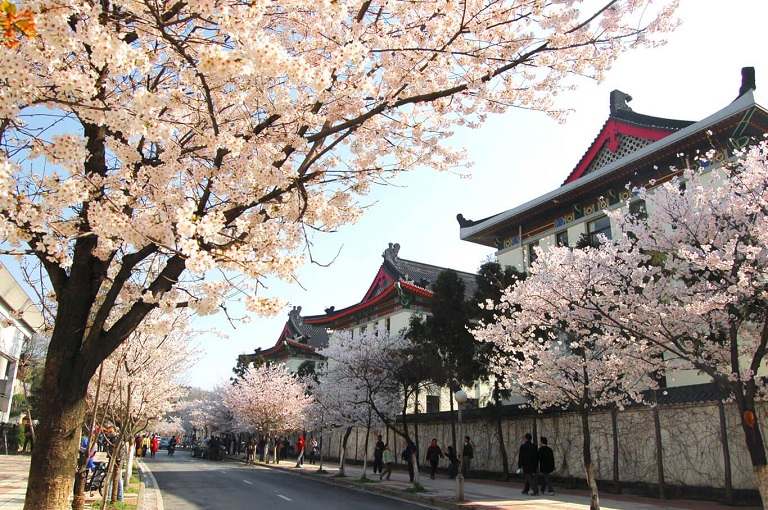
The mild climate along with warm and humid weather during this time is perfect for spring trips. However, you should also prepare suitable warm clothes such as sweaters, jackets, hoodies or long-sleeved shirts. This is the best time to have a trip and activities in this beautiful city. Nanjing will now turn into a city of flowers with different attractive beauties such as peach blossoms, plum blossoms, orchids, sakura, begonias,… you can enjoy them everywhere around the city.
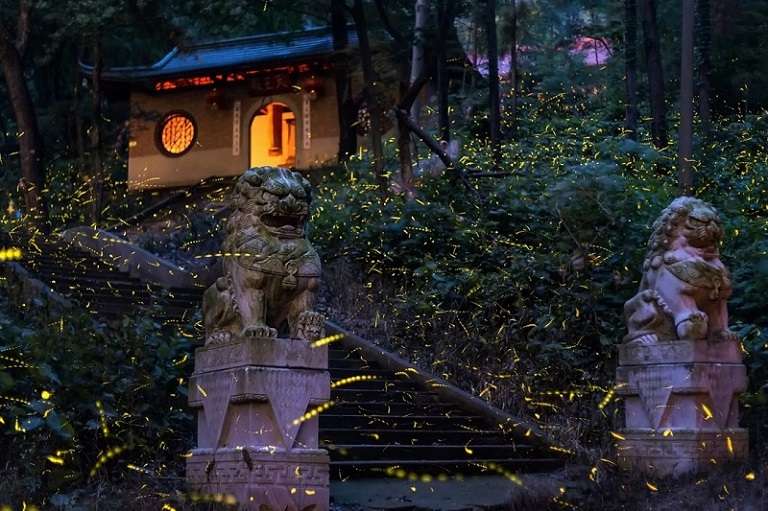
Some great places to visit in spring:
- Zijin Shan Mountain (Purple Mountain): Known as one of the four famous mountains in South China with breathtaking natural scenery and surrounded by greenery. You can enjoy the poetic natural scenery with the convenient cable car service.
- Xuanwu Lake: One of the three most famous lakes in Nanjing. In spring, the lake becomes tranquil and elegant with the beauty of sakura trees and begonia flowers. Rent a boat to explore the lake in a completely different way and get a chance to admire the city skyline.
You can also fully enjoy flowers such as begonias and hydrangeas at Mochou Lake or visit plum blossom hill – a small hill at the southern foot of Purple Mountain.
Summer (from June to August) (# nanjing travel blog)
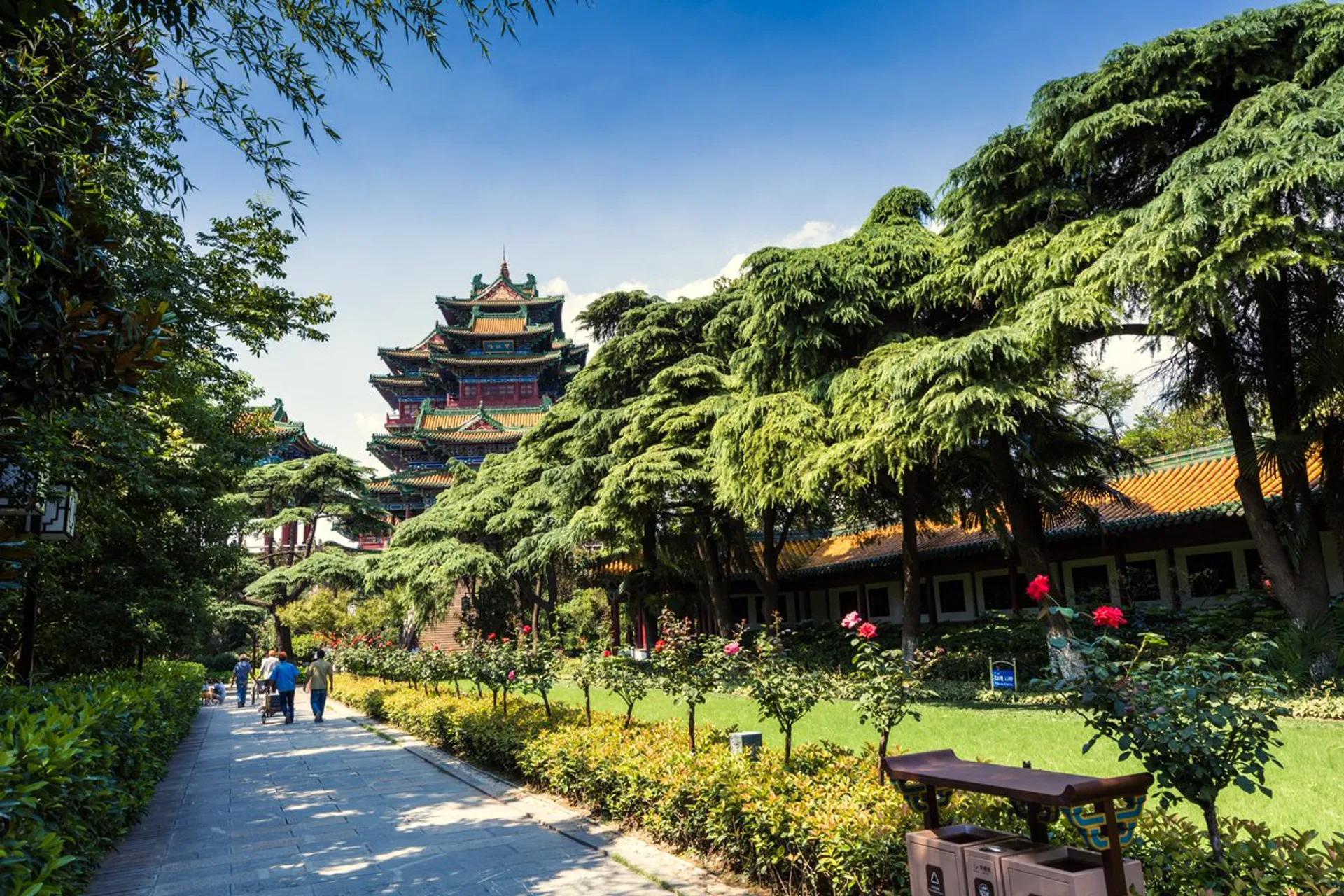
Nanjing weather in summer is so hot that the highest temperature can rise to 40 degrees. This is a difficult time and should be avoided in Nanjing, especially during the rainy season around June and July, which will be very inconvenient for sightseeing or recreational activities. However, today the city has planted a lot of trees to provide shade for tourists, so if you intend to visit Nanjing in the summer, don’t worry, carefully prepare the necessary items. Essentials like sunscreen, sunglasses,… to have a perfect vacation!
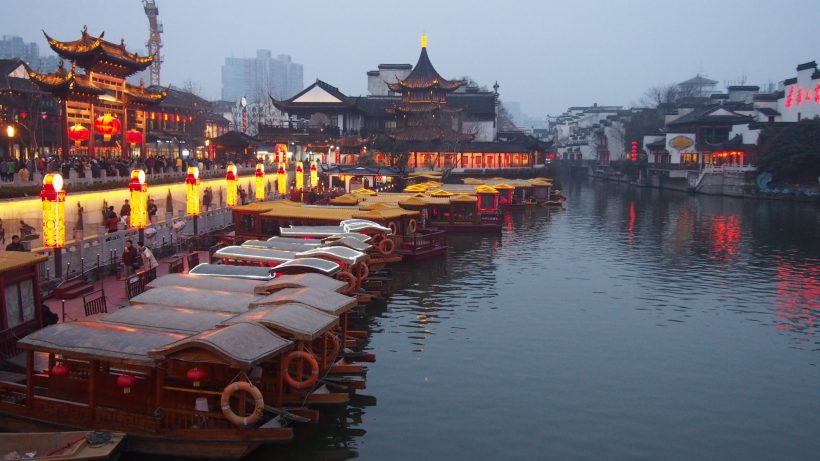
Some great places to visit in summer:
- Presidential Palace: Is a historical site of great importance in modern history and is serving as the Nanjing museum of contemporary Chinese history. You can come here to see the design of this 600-year-old palace and learn more about China’s past history. In addition, this is also an ideal place to rest and avoid the hot sun.
- Qinhuai River: Highly appreciated for its flawless night view with exciting experiences including a variety of tourist shops, snack bars, restaurants and cafes, tea shops, etc.
Autumn (from September to November) (# nanjing blog)
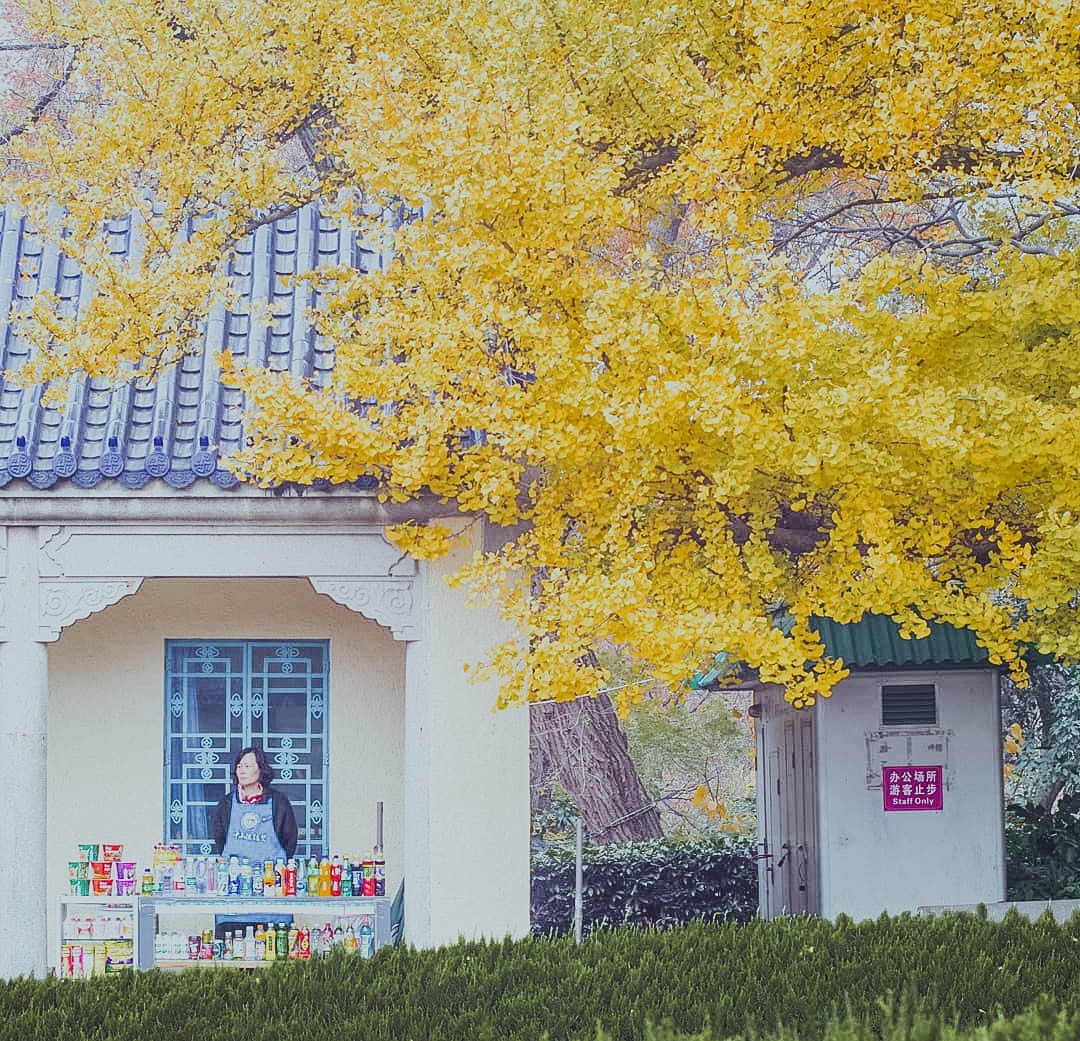
Although it is short, is the most pleasant season, and therefore it is also the busiest for tourists. The average temperature is about 20 degrees, very suitable for outdoor activities such as walking, hiking mountains or visiting temples, parks, etc. Fall is also the season of osmanthus flowers, you will feel enjoy its faint fragrance and admire its poetic orange-yellow leaves in many places around the city. If you intend to visit Nanjing in the fall, book your hotel room 3 to 4 weeks in advance and it’s better to avoid China’s National Day from October 1 to 7!
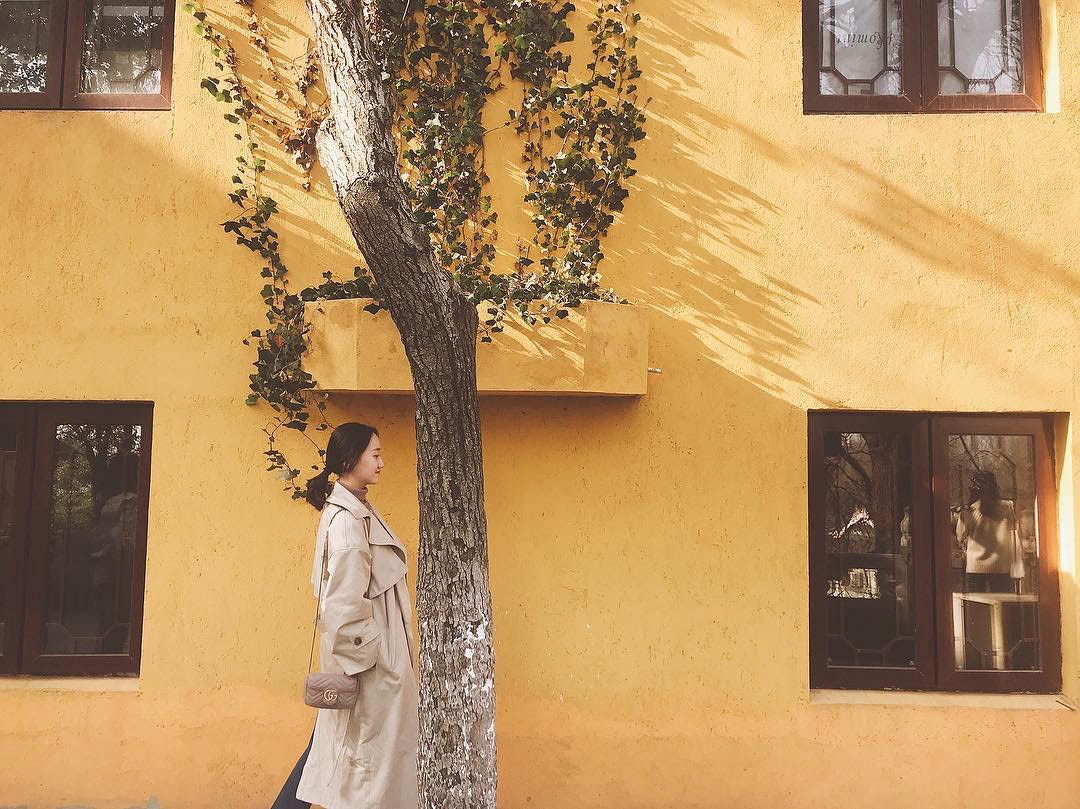
Some great places to visit in the fall:
- Ming Xiaoling Mausoleum: One of the largest royal tombs in China. If you want to enjoy beautiful osmanthus flowers, visit Ming Xiaoling mausoleum. The vibrant leaves will make the place more picturesque and quaint.
- Dr. Sun Yat-sen’s Mausoleum: Built for Dr. Sun Yat-sen, the great forerunner of China’s democratic revolution. This place is especially charming in autumn and you will be surprised right from the entrance to the holy mausoleum, which is decorated with yellow ginkgo leaves along the sides, giving a warm feeling of autumn.
- Xuanwu Lake: Not only beautiful in summer but also a must-go place in autumn for those who love the beauty of chrysanthemums. An exhibition of chrysanthemums is held here once a year, with many types and rich colors. Do not lose this chance!
- Qixia Mountain: Revered as the first mountain in Nanjing and the most impressive feature is the many cultural relics around it. Qixia Mountain is at its most beautiful in the fall, when the amazing orange-red maple leaves will accentuate your beautiful photos!
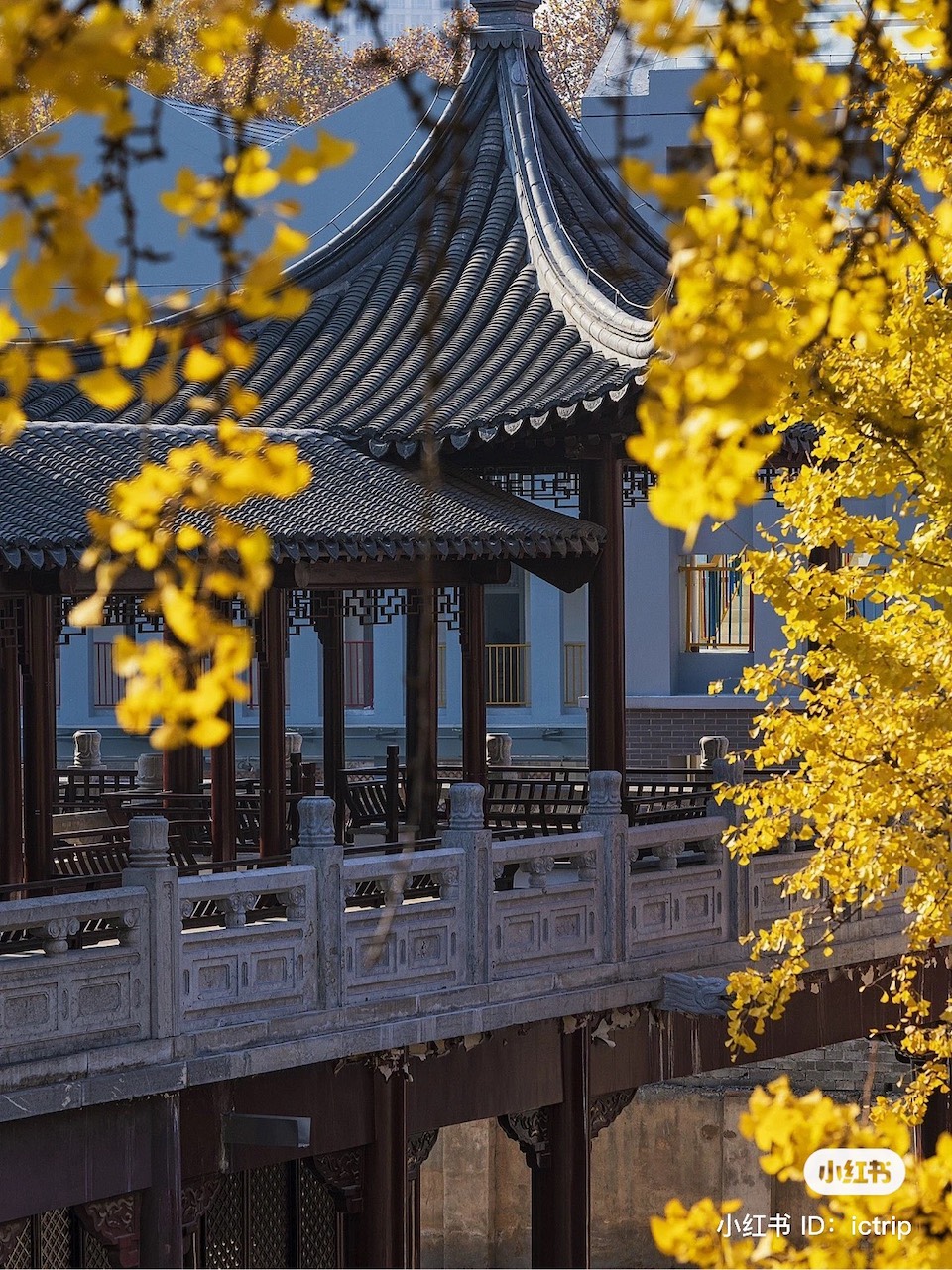
Winter (from December to February)
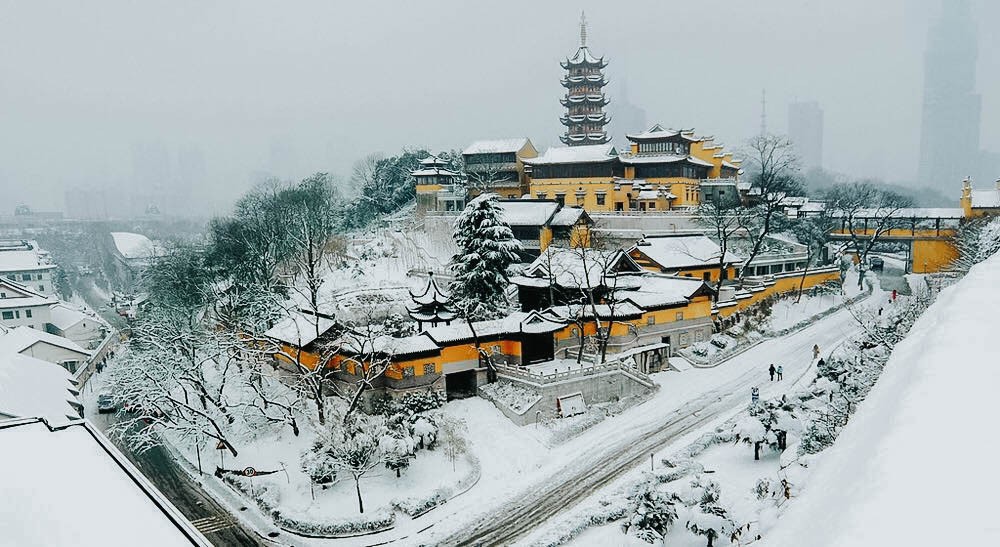
Nanjing winter is wet and cold, there is even snow, the lowest temperature can drop below 1 degree. Especially in January, there can be rain and fog, which will make you feel much colder in the room. This is the most difficult and harsh time, but if you visit Nanjing in winter, you will have the opportunity to enjoy the enchanting white snow in this city. And don’t forget to prepare adequate and warm clothes if you don’t want to miss many activities on your trip!
Some great places to visit in winter:
- Nanjing Confucius Temple: Built to dedicate and worship Confucius – the great thinker and educator of ancient China. During the period of late December and mid January, there is usually a Jinling Lantern Exhibition held in this Confucius Temple Area, you will forget the harsh cold and be busy enjoying the traditional Chinese New Year with family and relatives.
- Memorial Hall of the Victims in Nanjing Massacre by Japanese Invaders: The place the Chinese people created to commemorate the heroes who fought against the Japanese army is also the place that records the most painful memories for the Chinese people. Visit this memorial to learn more about China’s history and experience the country’s rapid development.

The changing season from fall to winter (September – October – November) is also a good time. The air is quite dry and cold, very suitable for walking around to see yellow and red maple leaves. The sunny weather makes visiting and sightseeing historical buildings easier and more beautiful. This is also the time when Nanjing has many traditional festivals. Mid-Autumn Festival in Nanjing always maintains a traditional and bustling atmosphere. Festival cuisine is extremely unique and delicious.
Getting to Nanjing (# nanjing travel guide)
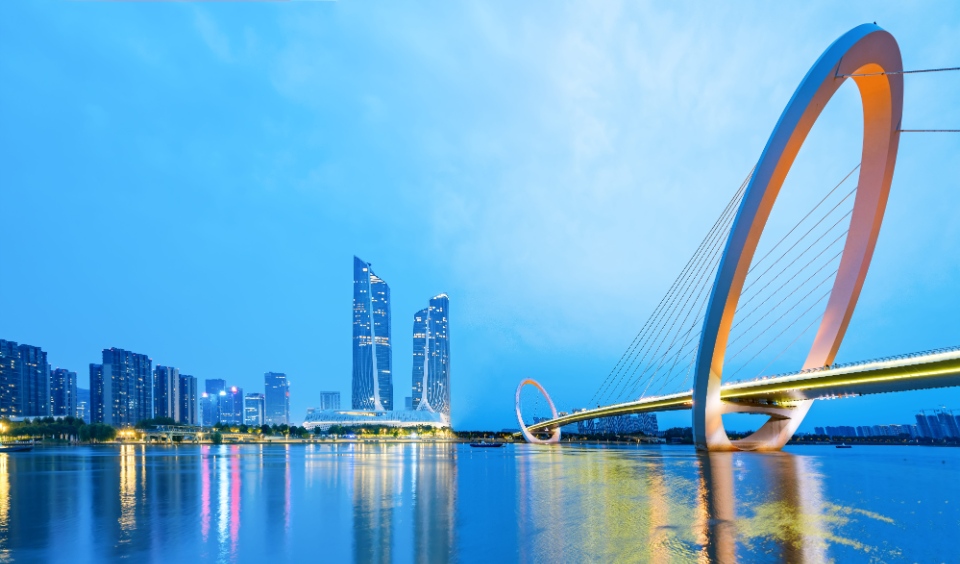
The best airline up to this point for you is China Southem Airlines. To get the best price, we recommends that you book about 2-3 months before your trip. For those departing from Hanoi airport, it will be cheaper than in the city of Ho Chi Minh, the price ranges from 190$-300$/trip.
To hunt cheap airfares as well as most suitable routes you can visit Google Flights, Kayak or Skyscanner.
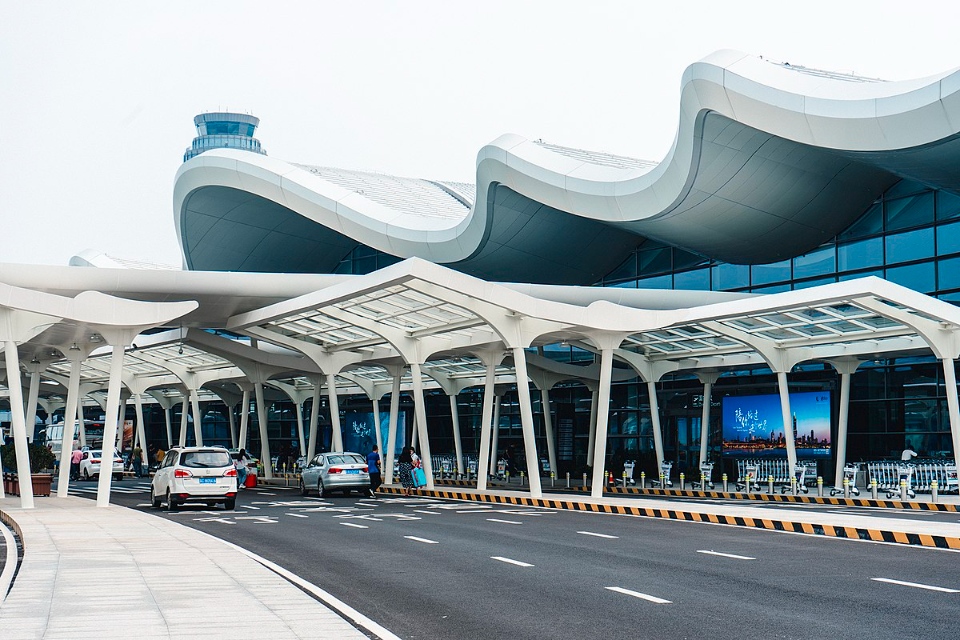
The Nanjing Lukou International Airport (IATA: NKG) is abut 36km from the south city center. To get from the airport to the downtown of Nanjing you can take a bus (Line 1) to Nanjing Railway Station with a fare of 20 CNY (single ticket) or Line 2 and other long-distance buses. If you take a taxi, the traveling time is around 45 minutes to the downtown wit a fare around 60-70 CNY/way. Some good taxi companies you can choose are: Qiangsheng, Zhongbei, Oriental, Liansheng with service hours 24/7. Or you can take a ridesharing trip via ride-hailing app such as DiDi with a fare of 169 CNY (DiDi Express) or 235 CNY (DiDi Premier).
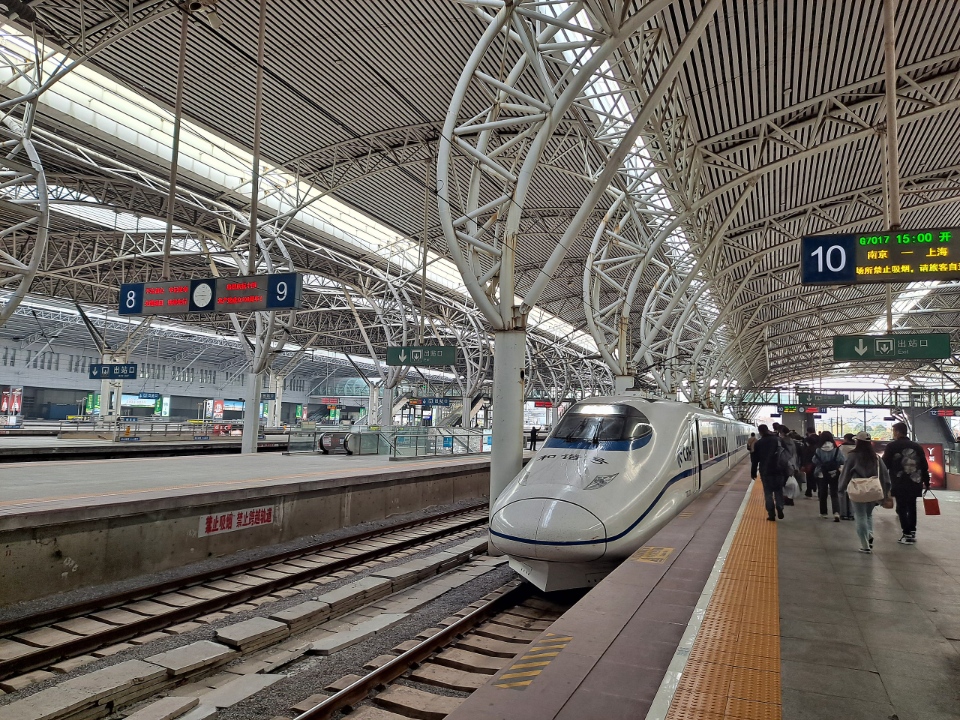
Nanjing is also well-connected to other cities across China, so you can get here by high-speed trains or domestic flights.
Getting around Nanjing (# nanjing guide)
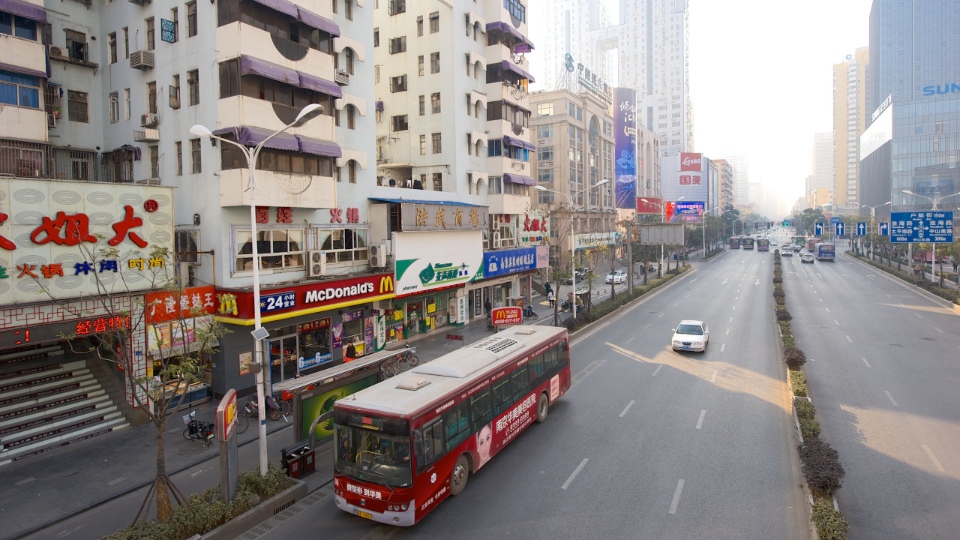
Subway: A little note for those who intend to travel to Nanjing, the transportation in Nanjing is extremely convenient. The places you want to go can be reached by subway or bus. I recommend that if possible, you should go by subway, it is both convenient and fast. One more thing, Nanjing in general is not very big, so if you rent a room to visit, choose to rent a little near the Qinhuai river bank, traveling from here is very convenient.
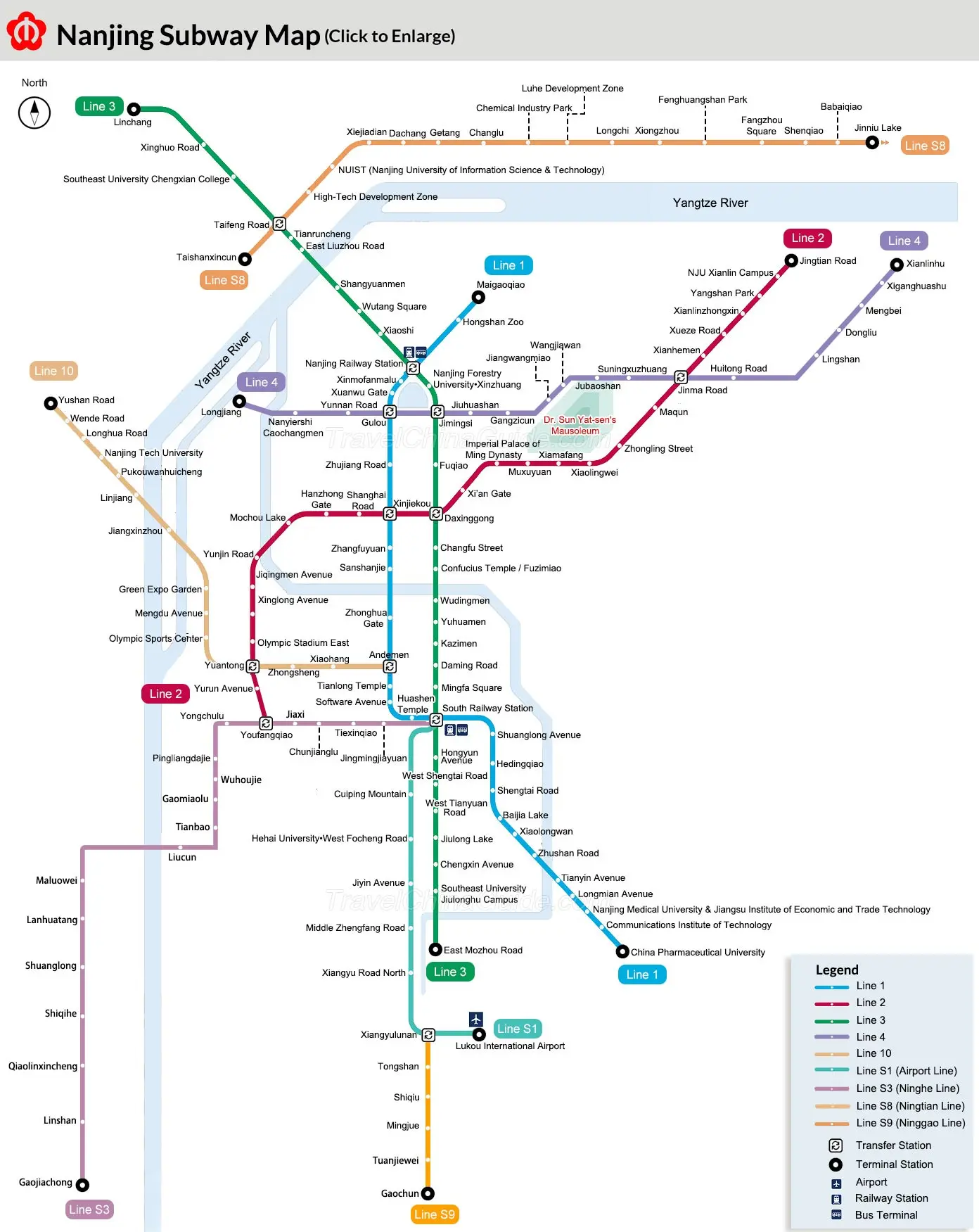
In addition to subway, there are some means of transportation below:
Taxi: This is quite a popular means of transportation in any tourist destination, no exception to Nanjing. You can easily catch a taxi from hotels, restaurants or even anywhere. Taxi prices are much more expensive than taxis in Vietnam, you should ask carefully about the price before choosing.
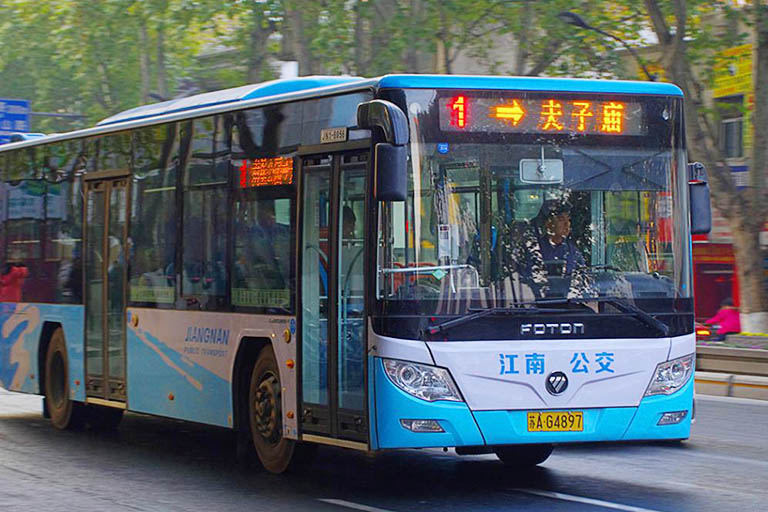
Bus: Convenient and easy, but also saves a lot of money. You can take the bus to some famous attractions.
Where to go and what to do in Nanjing?
Jiming Temple (# nanjing travel guide)
Address: 39 Beijing E Rd, Xuanwu, Nanjing, Jiangsu, China, 210000
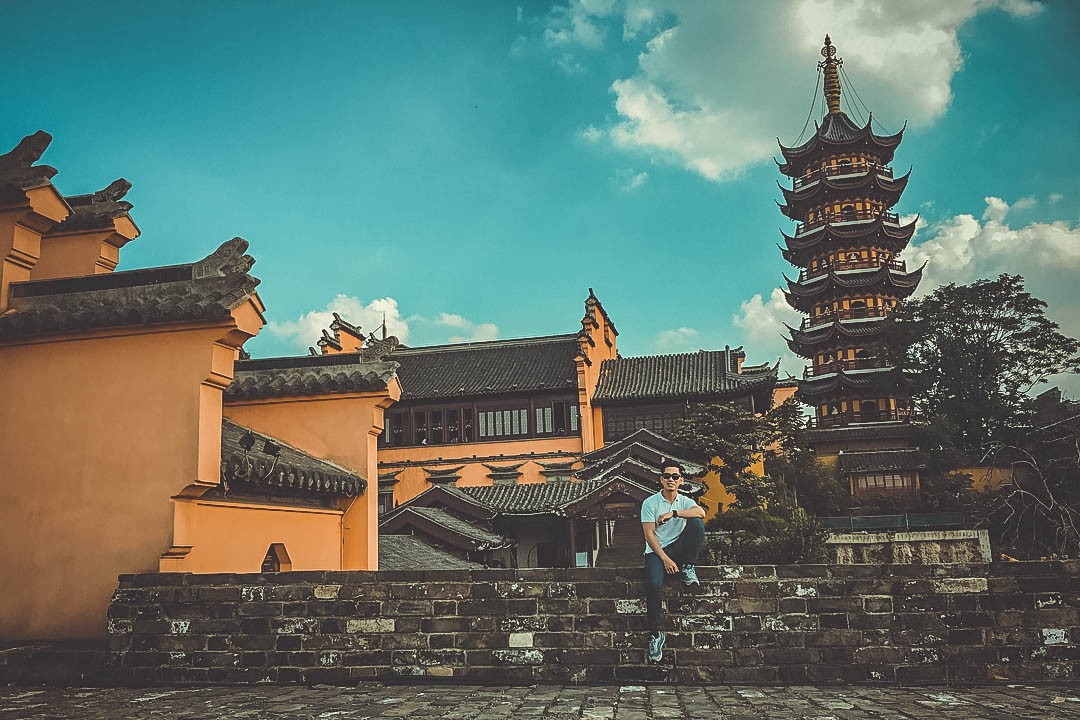
Located next to Xuanwu Park, Jiming Temple was built during the Liang Dynasty. The temple was vandalized many times and then rebuilt in the Ming Dynasty after many historical ups and downs. As the most famous and oldest Buddhist temple in Chinese history in Nanjing, Jiming Temple cannot miss your check-in list.

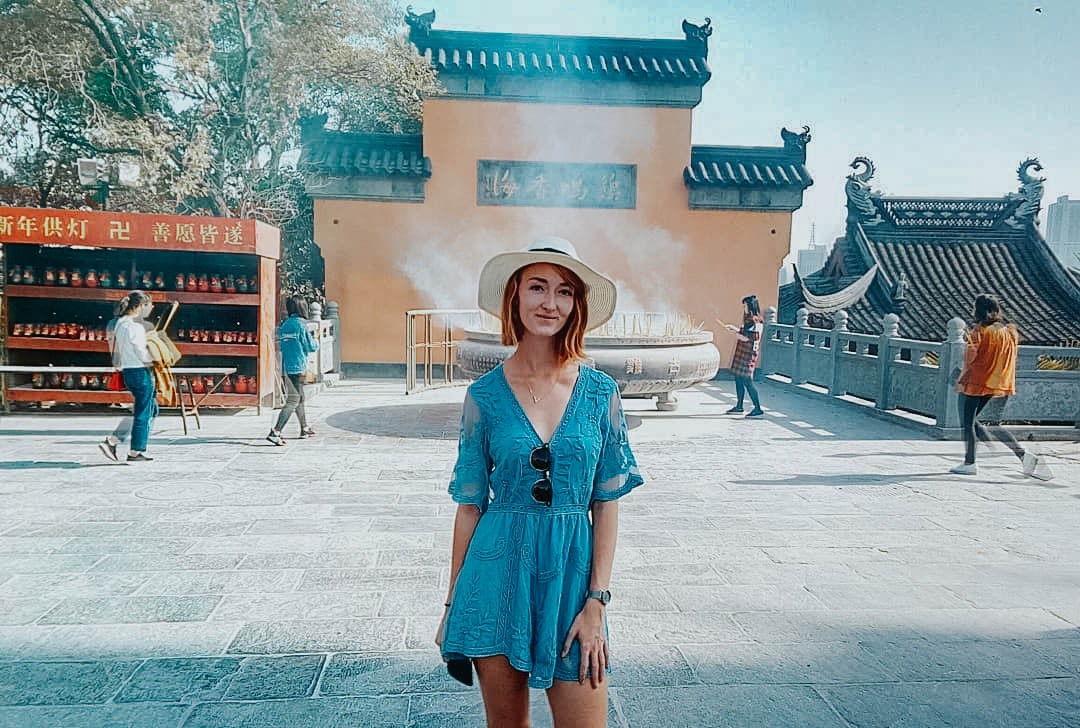
Stepping through the temple gate, you will be given 3 sticks of incense to worship. Coming to Jiming Temple is not only about praying and worshiping, but coming here you will also have the opportunity to learn about Chinese Buddhism and feel the quiet and peace.
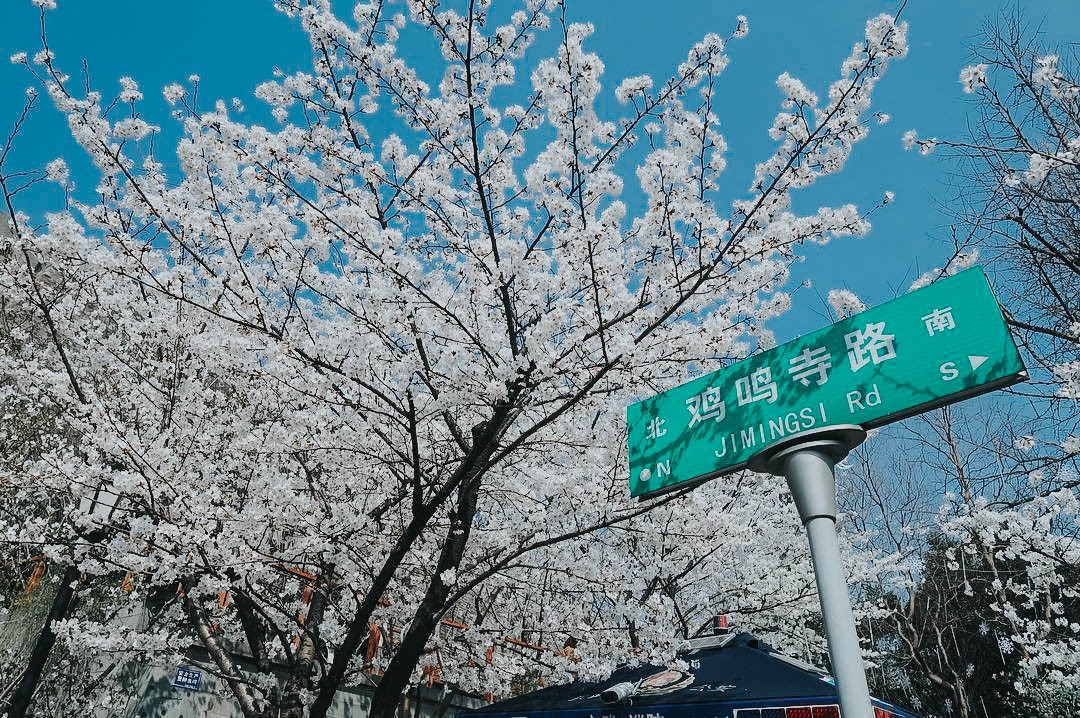
If you want to fully see the skyscrapers of Nanjing, you should climb to the top and look down. The scene will be amazing. Coming in the spring, you will also have the opportunity to admire the cherry trees blooming throughout the surrounding streets, embracing Jiming Temple, and even covering the shores of the charming Xuanwu Lake.
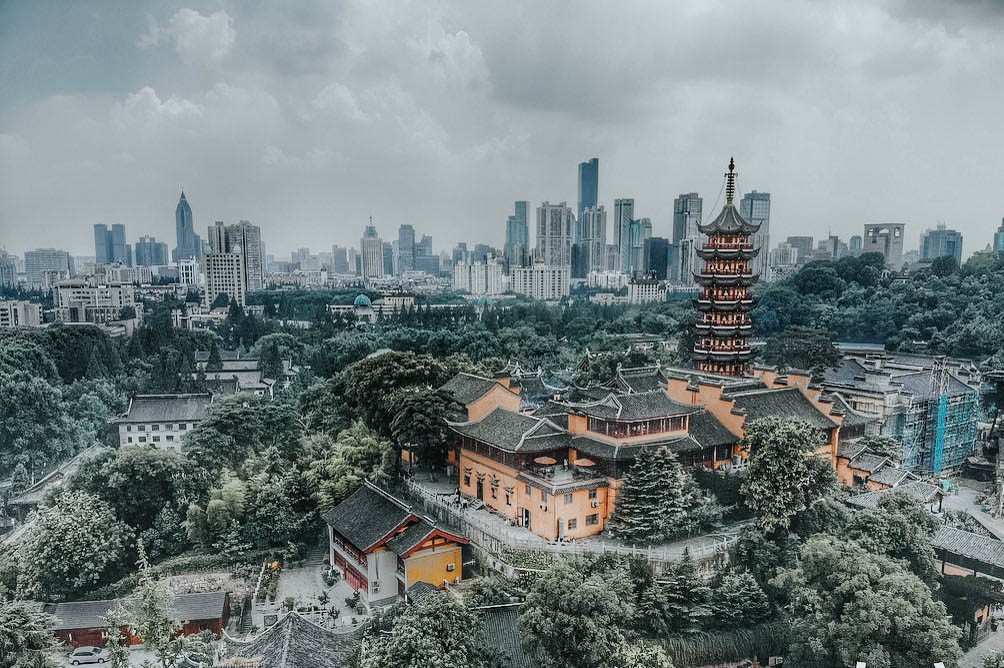
Ming Xiaoling Mausoleum (# nanjing china travel guide)
Address: 3R5M+7RP, Xuanwu, Nanjing, Jiangsu, China, 210000
Hours: 6:30 AM–5 PM
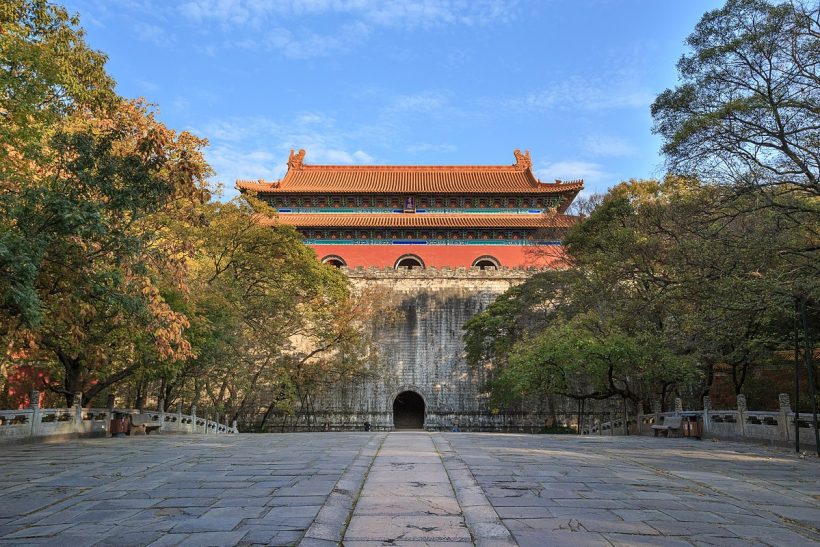
Maybe you don’t know that the largest mausoleum in ancient China is not the tomb of Qin Shi Huang but the mausoleum of Hongwu Emperor. A place imbued with the breath of China’s heroic history, its majesty remains intact through the ages. Tourists who want to learn about Chinese history definitely cannot miss this sacred mausoleum.
Elephant Road (Shixiang Road)
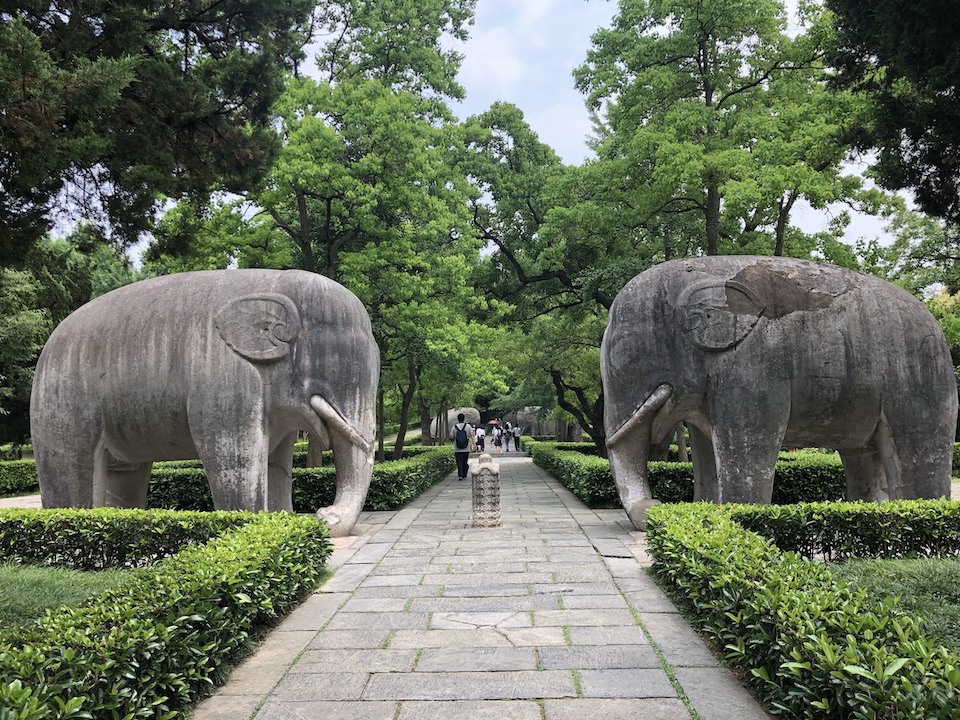
Elephant Road located outside the Ming Xiaoling Mausoleum is the remaining remnants of the Ming Dynasty palace. Walking on this road, visitors can easily imagine the glorious days when this place was still part of the palace. This road is an important historical highlight on the Nanjing tourist map that you should visit. Also a masterpiece of the Ming Dynasty, Shixiang Road is a place that retains many historical marks. Walking on this road, visitors will feel a glorious era of feudalism.
Zhonghua Gate (Gate of China)
Address: China, Jiangsu, Nanjing, Qinhuai District
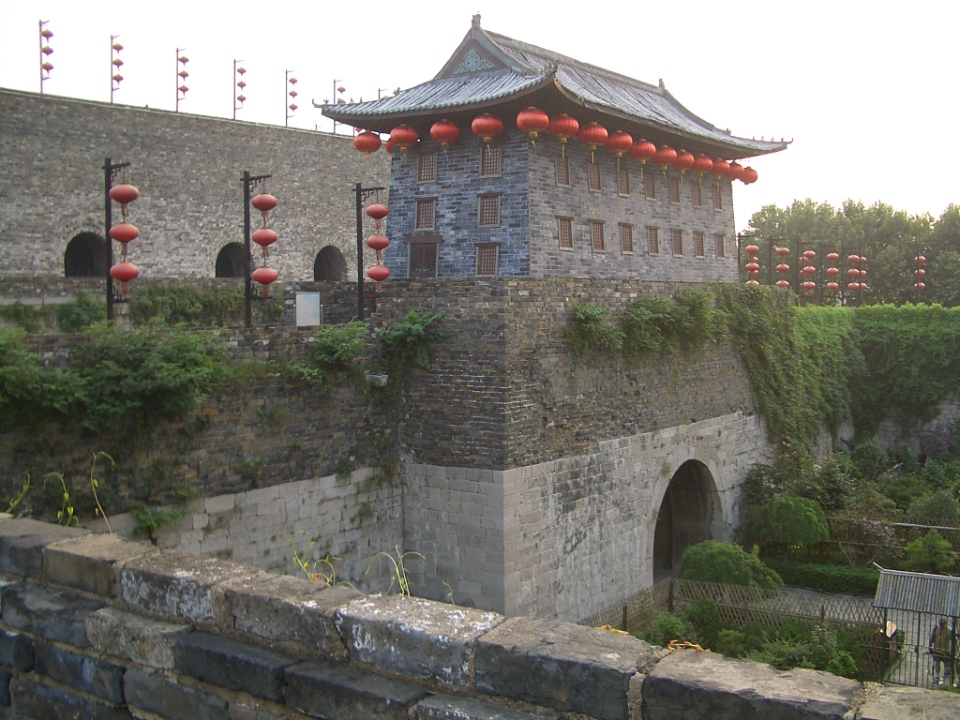
Chinese Gate is located in the south of the Ming Dynasty citadel. It is known that this is the largest entrance gate among the 13 city gates that have been preserved intact to this day. Not only is it a city gate, this is also a solid defensive fortress showing the ingenuity of ancient architecture.
The Chinese Gate has a huge defense system with four layers and inner courtyards, which are ramparts. This can be considered a solid defensive fortress, demonstrating the military art of feudal China.
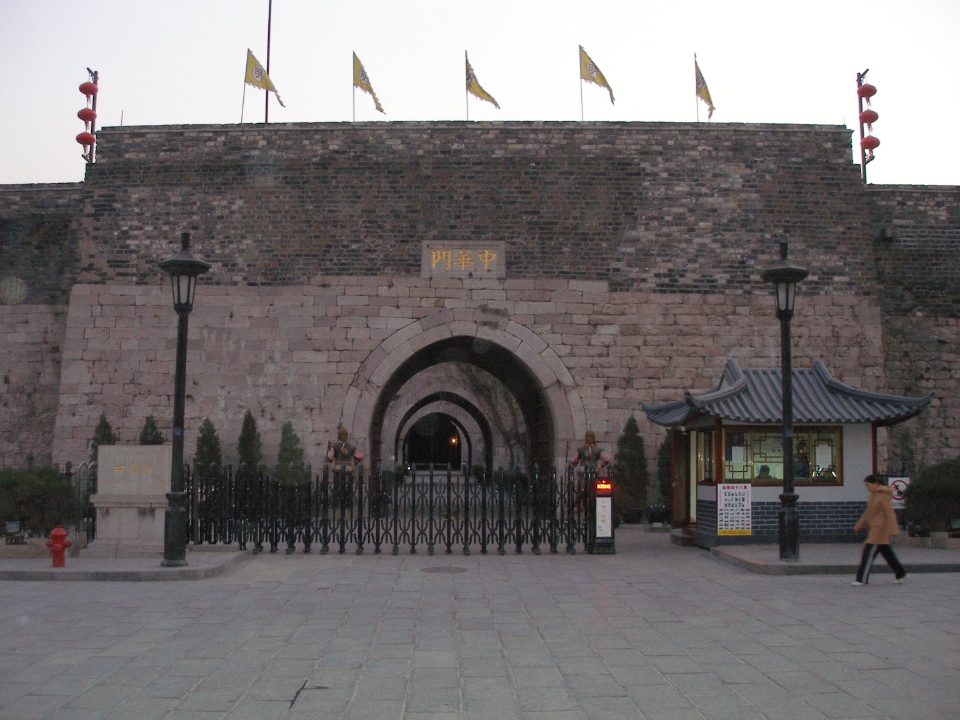
Coming to Nanjing also cannot miss the City Wall of Nanjing, the longest closed city wall in the world. The architecture is preserved and preserved through the ups and downs of time.
Linggu Temple
Address: 3V39+X4W, Xuanwu, Nanjing, Jiangsu, China, 210049
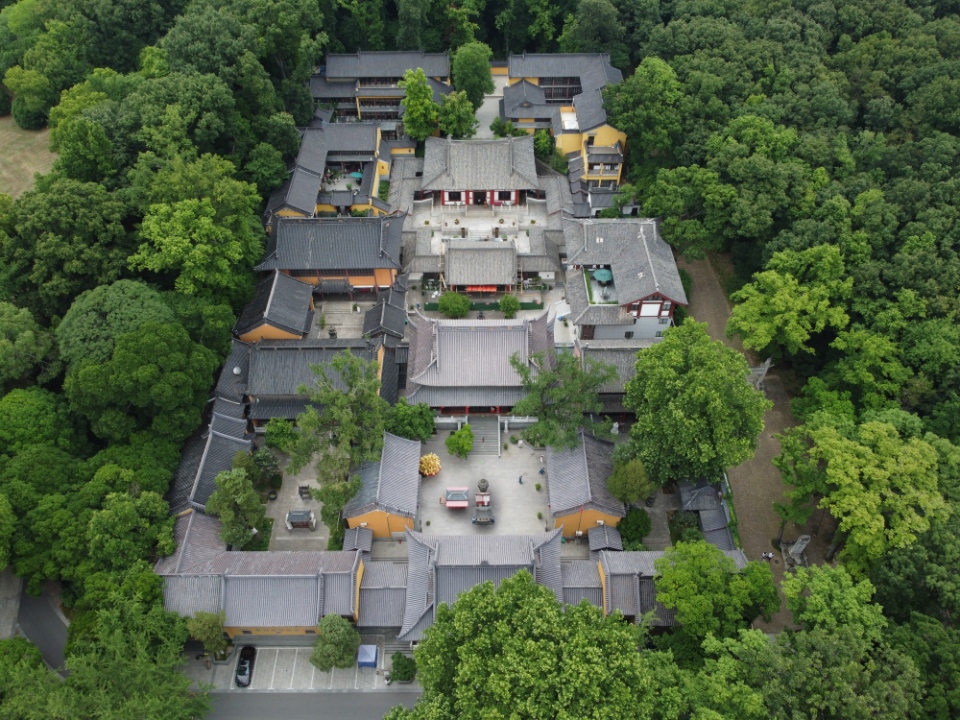
Linggu Temple, originally called Jiangshan Temple, is a Buddhist temple located 1.5 kilometers east of Sun Yat-sen Mausoleum. The temple has three main buildings in the complex including the Wuliang Hall, Linggu Temple and a Buddhist temple. Wuliang Hall was built in 1831, with a height of 22 meters and a width of 53.8 meters.
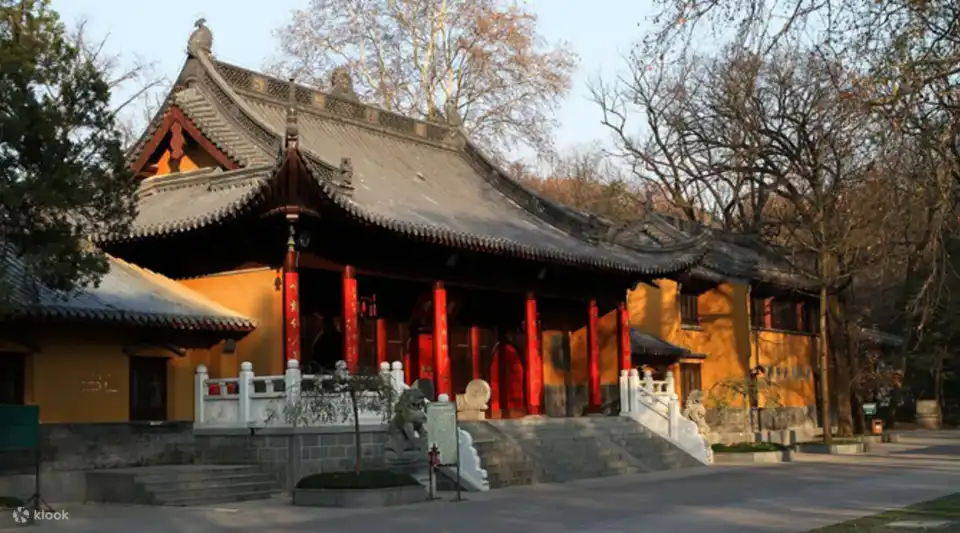
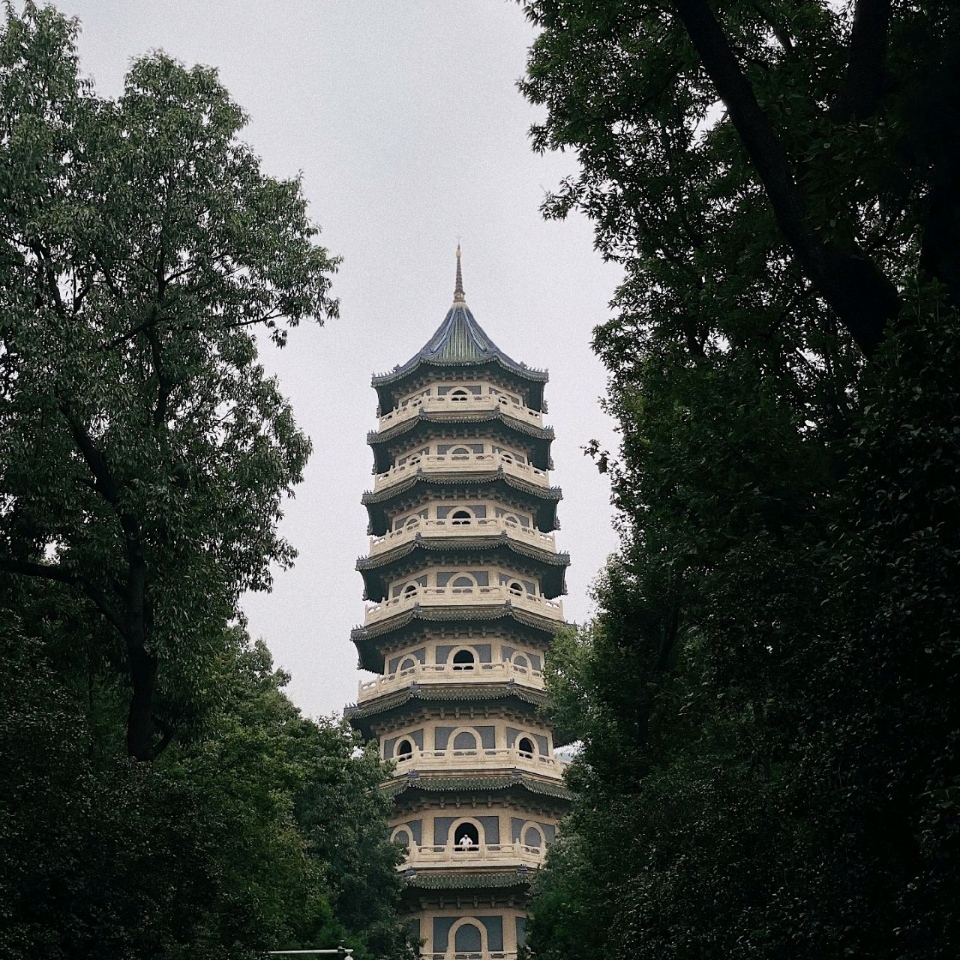































![10 best airports in Asia in 2016 [RANKED] kuala-lumpur-international-airport-best airports in asia in 2016 by skytrax ratings](https://livingnomads.com/wp-content/uploads/2016/08/29/kuala-lumpur-international-airport-best-airports-in-asia-in-2016-by-skytrax-ratings-218x150.jpg)








